Our News Bits is a roundup that typically covers news pieces that are just small in content, not in impact. This gives content room to breath even if it comes in less than what we normally cover. This year at Supercomputing 2018 (SC18) in Dallas, Texas, there were several announcements that either small or would potentially get wiped out by some of the larger announcements so we have collected them here. Announcements come from companies such as DDN, Excelero, Atos, Penguin Computing, Panasas, Supermicro, and Lenovo, which was named the number one supercomputer systems manufacturer this year.
DDN Reveals World’s Fastest Storage
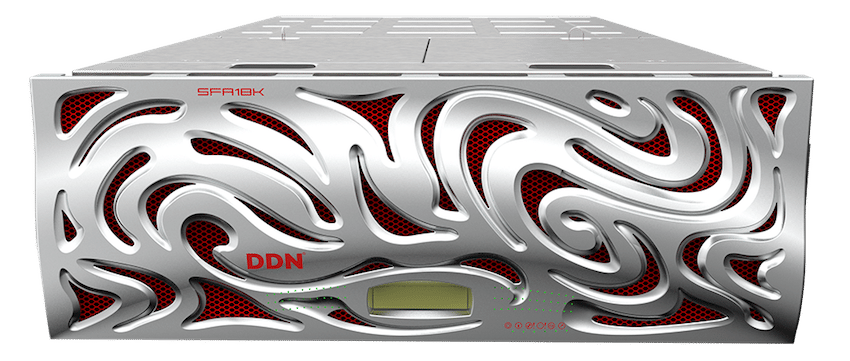
DataDirect Networks (DDN) showcased several innovations at SC18 around HPC, AI, and hybrid cloud. These include:
- DDN SFA18K—the world’s fastest and most scalable hybrid storage solution that accelerates processors, embeds file systems, and optimizes containers.
- DDN A³I with NVIDIA DGX-1—makes AI think faster! Engineered from the ground-up for the AI-enabled data center, DDN A³I solutions are fully-optimized to accelerate AI applications and streamline DL workflows for greatest productivity.
- DDN ES7990 and GS7990—the industry’s leading integrated file system solutions for technical computing, big data, and AI markets.
- DDN IME Enhancements—the fastest SSD and NVMe scale-out, flash-native data cache that alleviates the challenges and inefficiencies caused by I/O scale and bottlenecks.
- DDN DataFlow—perform backup, migration, and archiving at-scale, from a single pane of glass. Designed for large volumes of data to ensure constant availability and security.
Excelero Announces Support for Mellanox’s BlueField
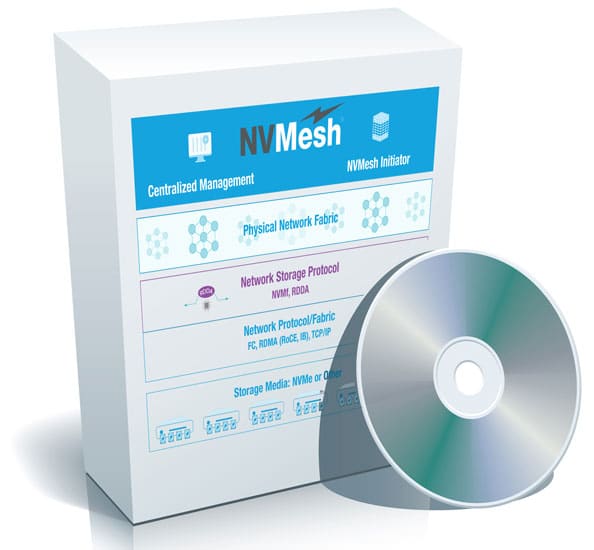
Excelero announced that its NVMesh now supports Mellanox’s BlueField dual-port 100Gb/s system-on-a-chip (SoC) and smart network interface card (SmartNIC) adapters. This support will combine BlueField’s record-setting NVMe over Fabrics IOPs and ultra low latency with the advantages of NVMesh. This comes at a time when HPC is adopting and embracing NVMe flash storage.
Atos Supports AMD EPYC & Releases New HPC
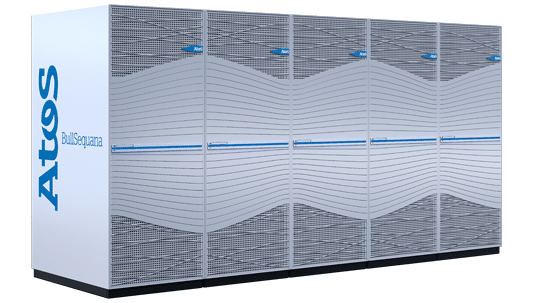
Atos announced that its upcoming BullSequana X range of supercomputers would support AMD EPYC processors. Of the BullSequana supercomputers, the upcoming HX2000 will be the company’s most efficient with EPYC CPUs and being liquid cooled. The new line of supercomputers is expected to be available in 2019.
Penguin Computing Releases Scyld ClusterWare 11
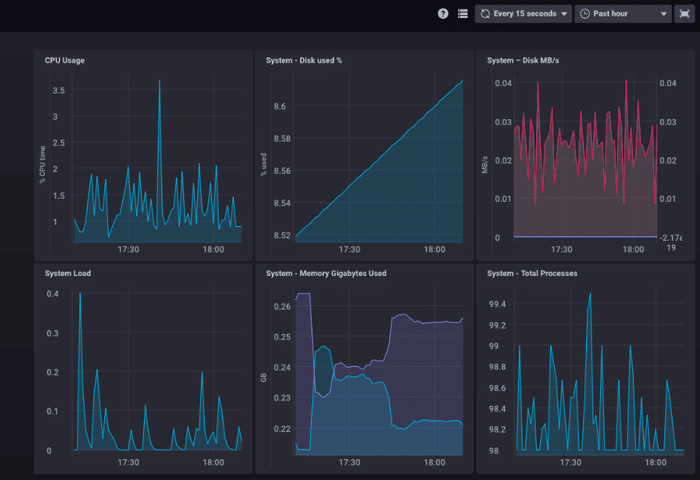
Penguin Computing announced the release of the newest version of its HPC cluster management software system, Scyld ClusterWare 11. Features include:
- Web-Enabled HPC Cluster Management: New web interfaces help customers more easily manage and visualize clusters.
- Revamped Tools for Cluster Monitoring: An updated set of tools helps customers to monitor and visualize cluster metrics. Customers can also set alerts based on thresholds.
- Greater Flexibility: Now kernel agnostic, ClusterWare 11 customers can select and run their choice of kernel on Red Hat Enterprise Linux or CentOS.
- Rapid Provisioning & Change Management: Designed for extremely rapid provisioning, the new platform gives customers the ability to instantly update compute node farms using customizable node images.
- Pre-bundled HPC Software with Commercial Support: Bundles of all the software necessary for HPC environments are included, such as message passing interface (MPI) implementations and schedulers.
- Improved High Availability for Cluster Reliability: Uses a distributed key-value store across the cluster for high availability metric collection and cluster configuration repositories.
- Ready for 3rd-Party Applications & Compilers: Runs open source and commercial applications for bioinformatics, computational fluid dynamics, finite element analysis (FEA), weather forecasting, chemistry, energy discovery, and physics modelling. Integrates with third-party compilers such as those from Intel and PGI.
- Centralized Reporting and Diagnostics: All jobs, system events, load information, and issues are reported to master nodes, providing a centralized location to view and manage diagnostics.
Panasas Announces ActiveStor Ultra
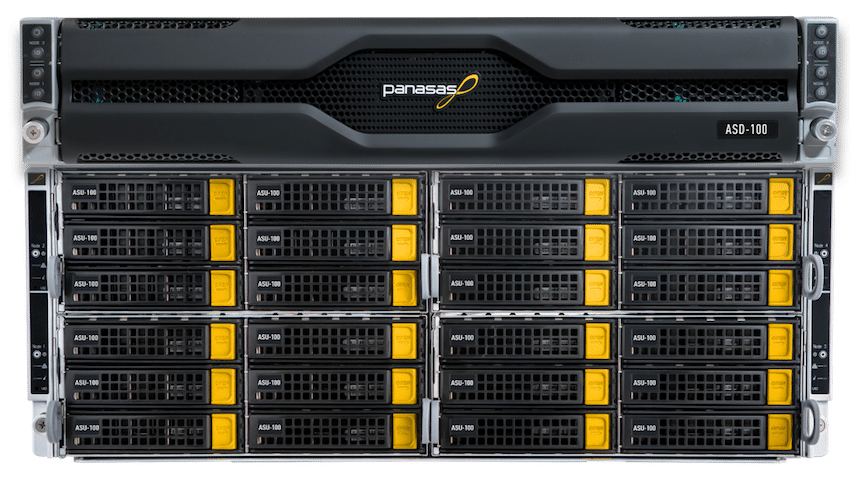
Panasas announced its new HPC solution, ActiveStor Ultra. According to the company, ActiveStor Ultra is delivered as a fully integrated plug-and-play appliance running PanFS 8 on industry-standard hardware. Panasas claims that using industry standard hardware, one can expect up to 75GB/s per rack and come with enterprise-grade reliability and manageability. ActiveStor Ultra is expected to be available in the second half of 2019.
Supermicro Makes Several HPC Announcements
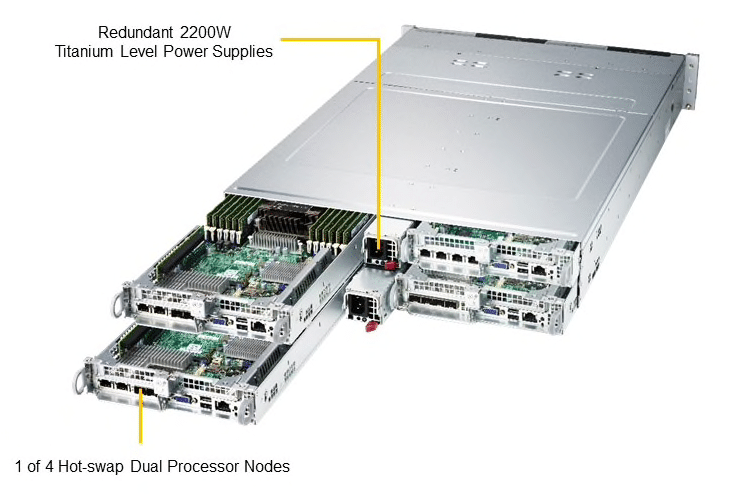
Supermicro announced a Petasclae line of all-flash NVMe 1U storage servers that support U.2, Intel Ruler, Samsung NF1, and EDSFF form factor SSDs for flexibility and performance. The company introduced an NVIDIA HGX-2 based SuperServer, the 9029GP-TNVRT, that supports 16 Tesla V100 Tensor Core 32GB GPUs connected through NVIDIA NVLink and NVSwitch to leverage 80,000 CUDA cores and deliver up to 2 PetaFLOPS of performance. The 4U SuperServer 6049GP-TRT supports up to 20 NVIDIA Tesla T4 GPUs, 3TB of memory, and 24 3.5” drives. And Supermicro introduced the 2U, 4 node BigTwin with support for Intel Xeon Scalable Processors, 24 DIMMs, up to 6 hot-swappable NVMe or hybrid NVMe/SAS3 drive bays, and up to 3 PCIe slots including support for a flexible SIOM module enabling 100/40/25/10/1G networking options per node.




 Amazon
Amazon